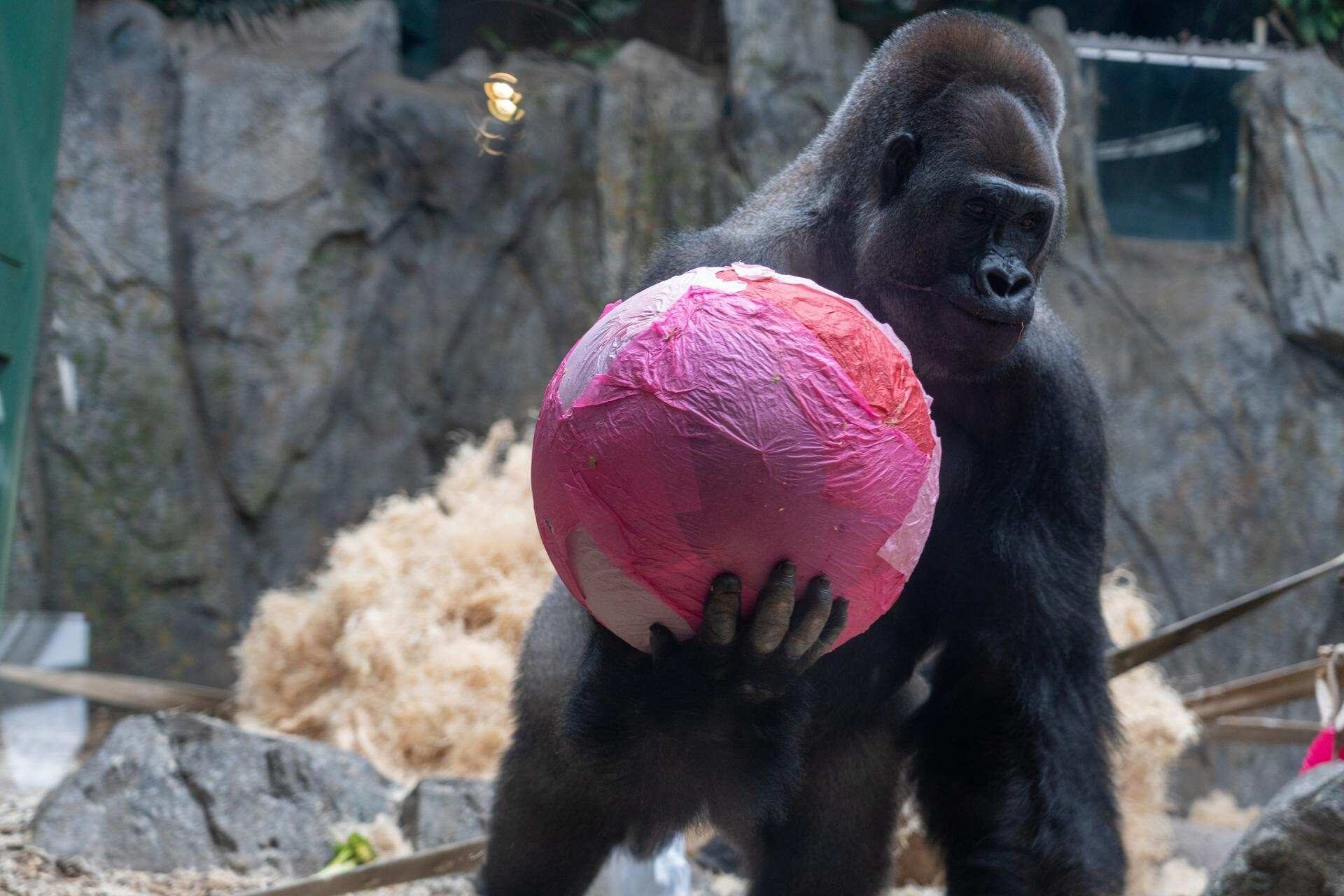
Enrichment
Animal Care & Wellbeing
The Importance of Enrichment
When an animal resides at the Wilder Institute/Calgary Zoo, its behaviour is a key indicator of its wellbeing. Our goal is to have animals express natural and rewarding behaviours and engage in free movement and play, as well as form social bonds.
Daily enrichment experiences make the zoo different for both our animals and our visitors. Used to keep both minds and bodies active, different enrichment experiences provide physical activity, problem-solving opportunities, choice, and variety to the animals in our care. Our Animal Care, Health & Welfare team creates enrichment opportunities that stimulate an animal’s senses and encourage their natural behaviours. With experiences such as scent enrichment, puzzle feeders, new habitat designs, and training sessions with our team, enrichment makes every day a new learning experience.
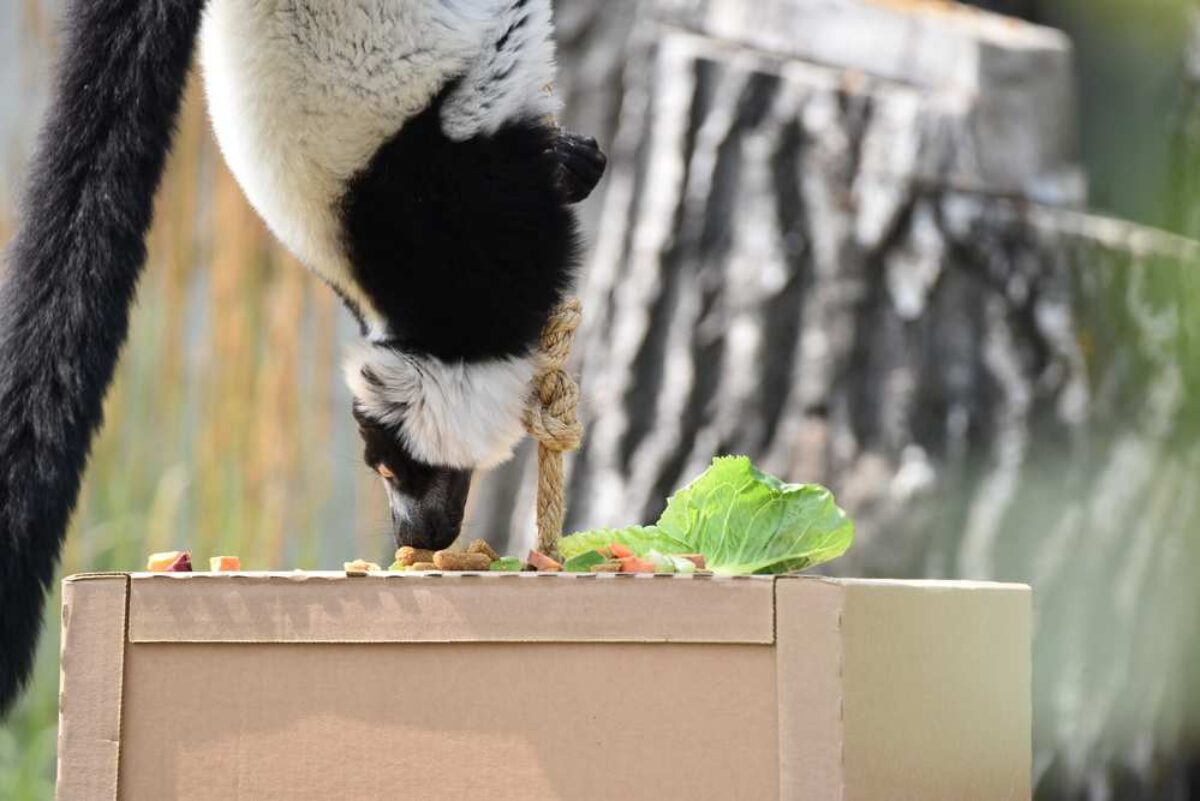
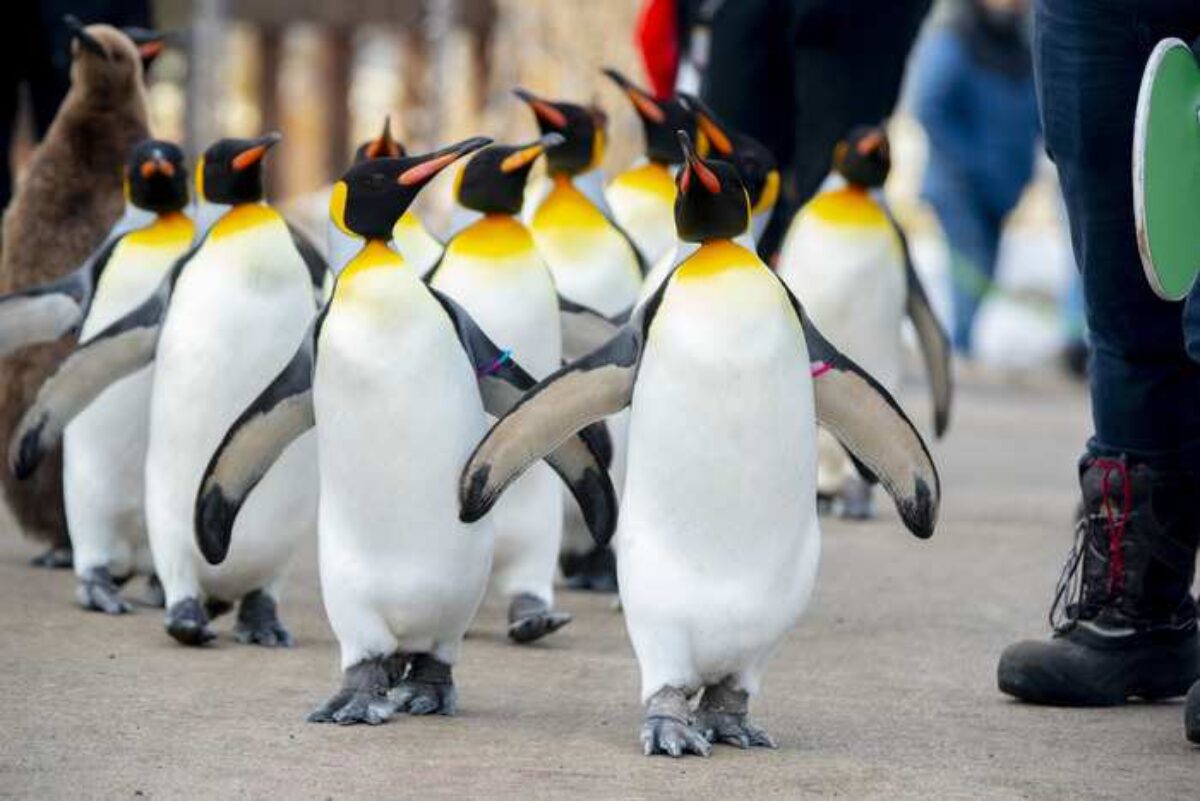
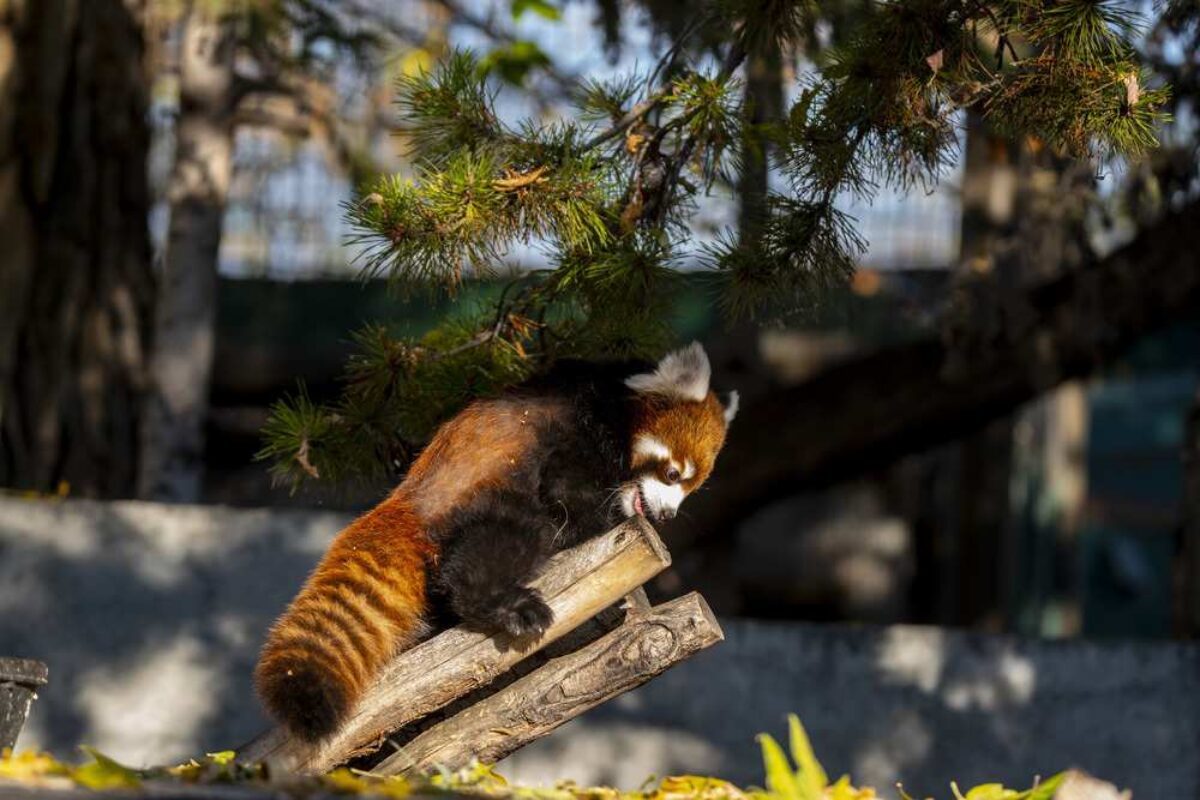
Animal Care & Wellbeing
We employ four types of enrichment strategies
Environmental Enrichment: This type of enrichment provides a stimulating environment that encourages natural behaviours. It relies heavily on habitat design elements such as climbing structures or pools that allow animals to explore and engage with their surroundings.
Our resident pair of grizzly bears have a habitat featuring logs, elevated platforms, a pond and more, carefully constructed to encourage them to explore and climb as they would in the wild. Their habitat is even situated in an area of the zoo where they can safely dig dens for their winter torpor.
Additionally, our sounder of Red River hogs enjoys new piles of mulch or peat in their habitat, engaging with the substrates by rolling around or wallowing in them. This novel change in their environment not only provides physical exercise, but also something new to explore.
Behavioural Enrichment: This type of enrichment offers opportunities for animals to engage in natural behaviours such as hunting, foraging, and socializing. When selecting activities for each species, our Animal Care, Health & Welfare (ACHW) team carefully considers the depth of engagement an animal might desire.
Highly intelligent species like western lowland gorillas and white-handed gibbons may enjoy problem-solving activities, such as accessing hidden treats through puzzle feeders. Mixed habitats, where individuals of different species cohabitate, also provide behavioural enrichment as they encourage social behaviours and interactions like those that would naturally occur in the wild.
In the African Savannah Yard, giraffes, Hartmann’s Mountain zebras, ostriches, and African grey-crowned cranes cohabitate as they would in the wild. This encourages each individual to engage in natural social behaviours and interactions to the extent they desire based on their unique personalities.
Sensory Enrichment: This type of enrichment aims to provide novel and interesting stimuli to activate an animal’s senses. Scent enrichment, a form of sensory enrichment, involves introducing non-toxic, unexpected scents that elicit natural behaviors like rolling, licking, and scent marking.
Our big cats often receive enrichment items that have spent time in other animals’ habitats, carrying scents left behind by saliva or urine. These scents pique their interest and motivate them to explore and engage with new items.
Our resident snow leopards also receive scent enrichment in the form of food spices periodically added to their habitat, with favorites including cinnamon and nutmeg. However, it is crucial to keep the scents fresh, as overusing specific scents can decrease the animals’ sensitivity and interest in engaging with them.
Training Enrichment: This type of enrichment provides animals with both mental and physical stimulation while encouraging them to perform specific behaviours. Positive reinforcement serves as the foundation for training at the zoo and builds trust between the individual animal and our dedicated team of Animal Care, Health & Welfare professionals. For example, hippo ‘Lobi’ voluntarily participates in his daily teeth brushing and is rewarded with a favourite food item. Training enrichment extends to various activities, including scale training for weigh-ins with meerkats and carrier transport training with peacocks. Through these activities, our animal residents actively participate in their own care and routines while building trust with their care team, promoting a positive experience for all.
By ensuring our animal residents are engaged and flourishing within their environments and social groupings, they become successful ambassadors for their species. They help educate supporters worldwide about the importance of safeguarding the incredible endangered species under our care.
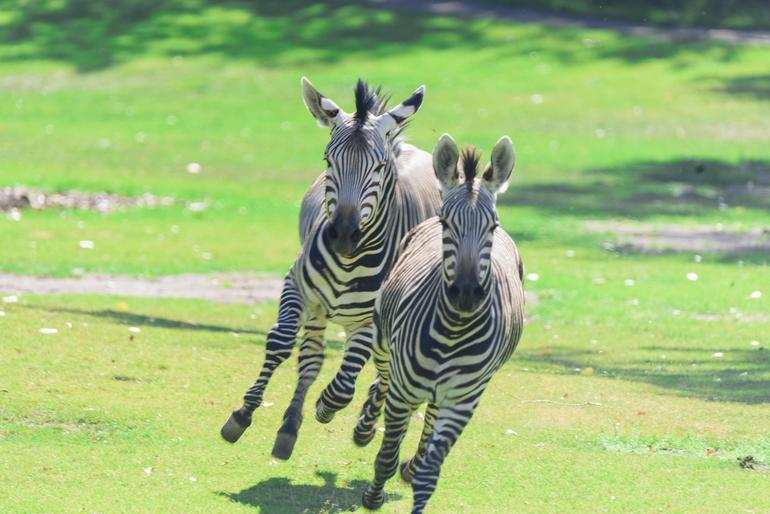
Plan your visit
Get close to wildlife
The Wilder Institute/Calgary Zoo is situated on St. George Island, only five minutes from downtown Calgary and 20 minutes from the Calgary International Airport. Home to more than 4,000 animals from around the world, there’s plenty to see and do.
